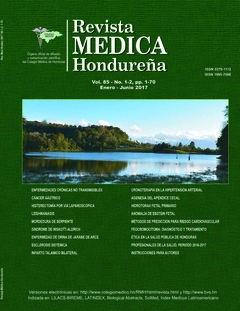Validity of the Methods of Prediction for Cardiovascular Risk in Latin America: Bibliographic Review
Keywords:
Cardiovascular risk, Prediction models, Latin AmericaAbstract
Introduction: Cardiovascular disease (CVD) is the leading cause of death in industrialized countries and in low- and middle-income countries (LMIC). Validation of cardiovascular risk prediction (CVR) methods is important in establishing adequate preventive measures in patients Asymptomatic but with a high risk of presenting CVD Sources: A search was made, in Spanish and English, in medical libraries: Pubmed, Science Direct, and Scielo, with coverage of the last ten years. Development: Framingham underestimated the population in Colombia and Cuba by classifying it at low risk, despite the fact that CVD mortality is high, and one of the causes is that the equation does not include factors of higher prevalence such as obesity and hypertriglyceridemia. PROCAM showed in Colombia that it is a better option to estimate the risk of CVD and found a discreetly better concordance when using the SCORE equations for low risk patients. Conclusions: The use of cardiovascular risk prediction methods gives us guidelines in the approach that should be followed by the health system, both in preventive medicine and in primary care. There is no predictive method that is applicable exclusively to Latin American population. At the end of 2016, a descriptive cross-sectional study was undertaken in the department of Copán, with the objective of determining the current situation of CRV factors, with a model similar to that of MESA. Subsequently this will allow a prospective cohort using the different prediction scales.
Downloads
533




